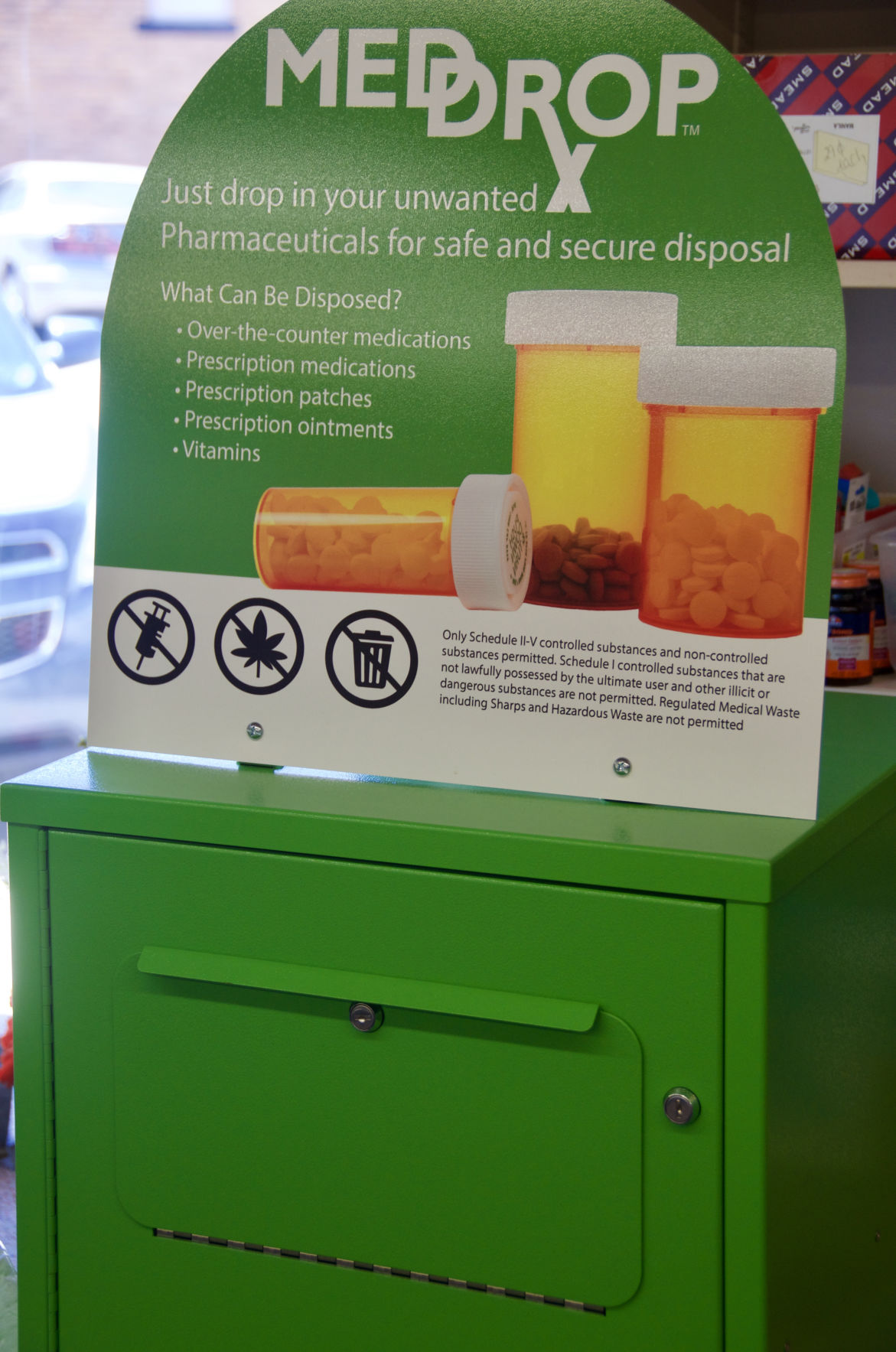You don’t often think of a prescription medication as a cause for addiction, but it has become an issue with opioid pain killers. A project among Iowa hospitals is working to help prevent the opioid epidemic from becoming a problem across the state.
Naomi Graves, pharmacist at Hawarden, Iowa, explains the Hawarden Regional Hospital, where she works, is involved with the program. “The Hospital Improvement Innovation Network is a group of hospitals working together on various quality measures. We joined a cohort of rural hospitals as part of their Opioid Guardianship Project,” she said. “The number of opioid related hospital admissions in the state of Iowa has tripled from 2005 to 2014. This is very concerning to us as a rural Iowa hospital.”
According to the Iowa Department of Public Health, the number of Iowa hospital admissions due to opioids in 2005 was 422 and in 2014, it was 1,363. Opioid overdose deaths in Iowa were 10 in 2005 and have grown to 96 in 2017. Opioid-related deaths in 2017 are 201.
The Iowa Pharmacy Board reports hydrocodone is the leading drug prescribed in Iowa at 23 percent for 2017. Oxycodone accounts for 5 percent of prescriptions. Both are opioids. These pain killers do an exceptional job of relieving pain, but are highly addictive.
While not every person will become addicted to opioids, Graves said it is important to specifically follow directions if they are prescribed.
According to the Centers for Disease Control and Prevention, in 2012, health care providers wrote 259 million prescriptions for opioid pain relievers—enough for every American adult to have a bottle of pills. Prescription opioid sales in the United States have increased by 300 percent since 1999.
Graves said the Sioux County hospital is taking a different approach. “We are switching our facility to focus more on a comfort scale instead of a pain scale,” she said. “We want to know what would help our patients become more comfortable, whether it’s a pillow, a back rub or chapstick. We want to focus on making the patient comfortable instead of treating them with medication,” Graves explained.
While this approach doesn’t eliminate the use of opioid prescriptions, it can decrease the number prescribed and when it is prescribed, patients are expected to follow the prescription plan that will gradually decrease the number used to get the body used to not having the drug as a crutch.
Graves is part of a local committee to help prevent the use of opioids in the community. The effort starts with educating community members about why and how it became a problem. “It may be hard to see a big change in a short amount of time, but we want to change people’s mindset for what they need,” she said.
Cindi Rule, a nurse practitioner in neighboring Ireton, Iowa, is a member of the community group to help prevent opioid addiction. “We know people don’t die from pain, but they also don’t want to be in pain. We have to teach patients how to deal with pain. This might be through physical therapy, getting in shape or healthier eating,” Rule said. “Patients have to learn how to work through the pain. We still may need to prescribe a pain medicine, but we want to communicate with the patient about what makes them feel better first.”
As pain sufferers continually use opioids, their tolerance for the drugs increases and they may not be able to maintain their original source for the medication. Rule said the Prescription Monitoring Program has become an important source when medication is needed, especially for new patients.
The Iowa PMP provides authorized prescribers and pharmacists with information regarding their patients’ use of controlled substances. It is used as a tool in determining appropriate prescribing and treatment of patients without fear of contributing to a patient’s abuse of or dependence on addictive drugs or diversion of those drugs to illicit use. Iowa-licensed pharmacies, both in-state and nonresident pharmacies, are required to report to the Iowa PMP all controlled substances dispensed by the pharmacy to ambulatory patients.
“There are cases where the PMP has been useful, when patients try to get the same prescription from two different doctors and at two different pharmacies,” Rule said. “As a health-care provider, you also get good instinct on people, especially when they specifically ask for a prescription for an opioid. That raises a red flag with me.”
Rule said she looks at other prescriptions to help patients deal with their pain. These include over-the-counter anti-inflammatory products such as ibuprofen, aspirin or naproxen sodium, creams or gels to subside pain. She added that physical therapy has become one of the best ways to deal with pain after surgery.
“In small towns, people know who has had surgery. I have heard of homes getting broken into and the thief looking for prescription drugs,” Rule said. “It’s important to find a place to get rid of unused prescriptions to prevent them getting into the wrong hands.”
Hawarden’s local pharmacy has a Med Drop box—a drop box for unwanted pharmaceuticals including over-the-counter medications, prescription medications, patches or ointments and vitamins. This is also a spot to get rid of unused opioid medications.
A list of prescription drug take back sites in Iowa can be found at: https://iowa.maps.arcgis.com/apps/webappviewer/index.html?id=5377c6d482424157aa013cff0afdcd31
Jennifer Carrico can be reached at 515-833-2120 or [email protected].




